
What are aquatic invasive species (AIS)?
Banff National Park
Aquatic Invasive Species (AIS) are non-native plants, animals, and diseases. We are at risk of spreading AIS when recreating in water activities. Many AIS are harmful to freshwater ecosystems. AIS reproduce fast, they rarely have natural predators and often out-compete native freshwater species. Preventing aquatic invasive species from entering waterways is a Parks Canada priority. If they arrive, removal is next to impossible.
Aquatic invasive species of concern
Whirling disease
Whirling disease is caused by a parasite that causes skeletal deformities of an infected fish’s body or head, usually in young fish, and the tail may appear dark or black. The disease can be spread to other waterbodies through spores in mud. This disease is not harmful to humans or other mammals but can have significant effects on some fish populations, such as Westslope cutthroat trout.
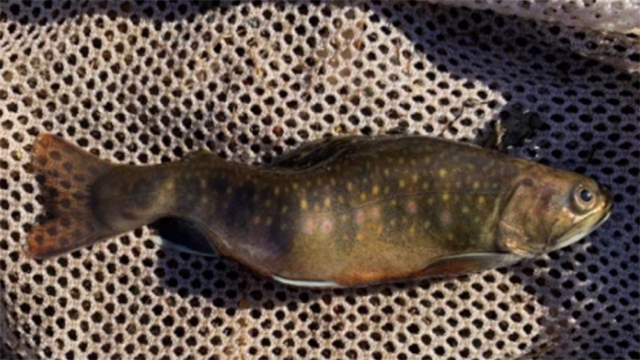
Invasive mussels
Quagga and Zebra mussels are small, fan-shaped, and range from dark brown to white in colour. Just a few mussels can produce millions of eggs. They are very efficient at filtering nutrients from the water, leaving no food for native species. Dense colonies of mussels can clog water pipes and make the shoreline unusable because of their sharp shells and odour.
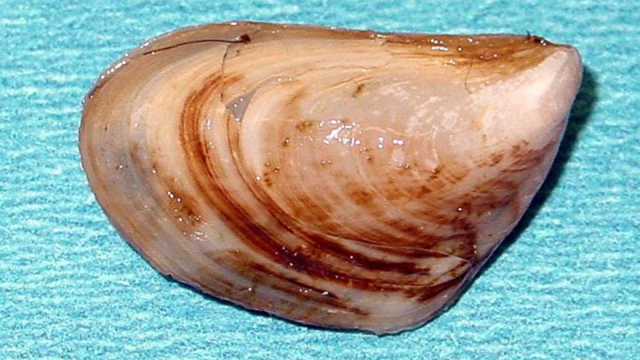
Eurasian water milfoil
Eurasian water milfoil is a perennial, submersed aquatic plant native to Eurasia and North Africa. Although not currently present in Alberta, new colonies can form from a single stem, seed or leaf. Eurasian milfoil forms thick layers that shade native plants and decrease oxygen levels as they decay.
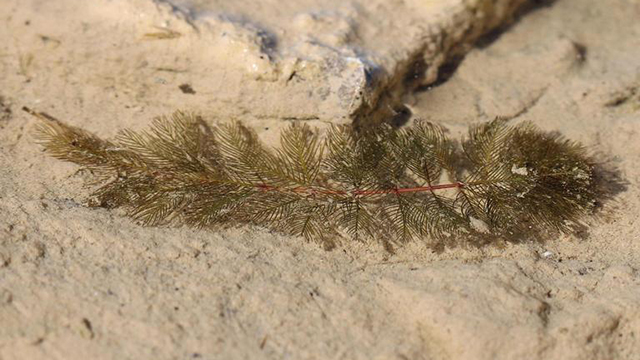
Didymo
Didymo is a freshwater algae that has the appearance of wet toilet paper and the feel of wet cotton wool. It attaches to rocks in streams and can form into large beige to brown mats that completely cover the stream bottom, blanketing important fish and plant habitat.
Felt-soled wading boots (banned in mountain national parks) and other water gear are a common way for didymo to spread.
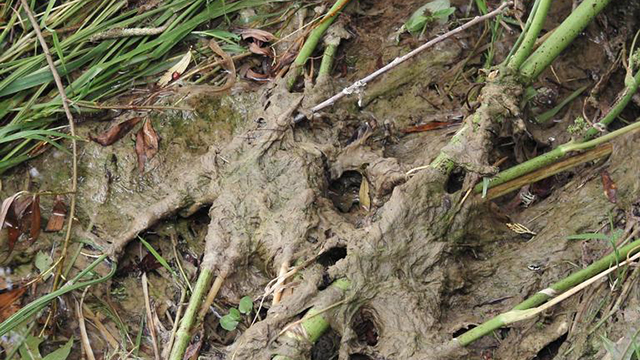
In Banff National Park, it is MANDATORY to:
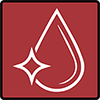
Clean all mud, sand, plant, and animal materials from your watercraft and water-related gear.
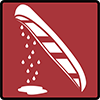
Drain coolers, buckets, compartments, and other items that may hold water on land before leaving the waterbody.

Dry for a minimum of 48 hours after use in the provinces of British Columbia, Alberta, or the territories of Canada, including use in the national parks AND a minimum of 30 days after use in the United States or provinces other than British Columbia, Alberta and/or the territories of Canada.

Certify: Users must obtain an AIS Prevention Permit for all watercraft and water-related gear before entering a waterbody in Banff National Park.
Motorized watercraft requirements
You can obtain an inspection permit at the Lake Minnewanka inspection station, located 6 km from the town of Banff along the Minnewanka Loop Road.
Lake Minnewanka is the only waterbody in Banff National Park where boats with motors, both gas and electric, are allowed. There is an unloading ramp and parking area for boats and trailers. There are no public boat docks in the park.
Non-motorized watercraft and water recreational gear requirements
Anyone launching non-motorized watercraft such as canoes, kayaks, paddleboards, inflatables, and water-related gear are required to complete a permit every time you enter a new lake, river or stream in Banff National Park.
If you are unable to meet the Clean Drain Dry requirements indicated on the AIS Prevention Self-certification Permit, you are prohibited from launching a watercraft in Banff National Park until the permit conditions are met, or your watercraft or water-related gear have been inspected at a Parks Canada watercraft inspection station.
Report aquatic invasive species sightings
Take a picture, note the location, and send it to reportAIS-signalerEAE@pc.gc.ca.
Sightings outside of the national parks can be reported to:
1-855-336-2628 (BOAT) in Alberta and 1-888-933-3722 in British Columbia.
More questions? Consult the FAQ for more information.
- Date modified :